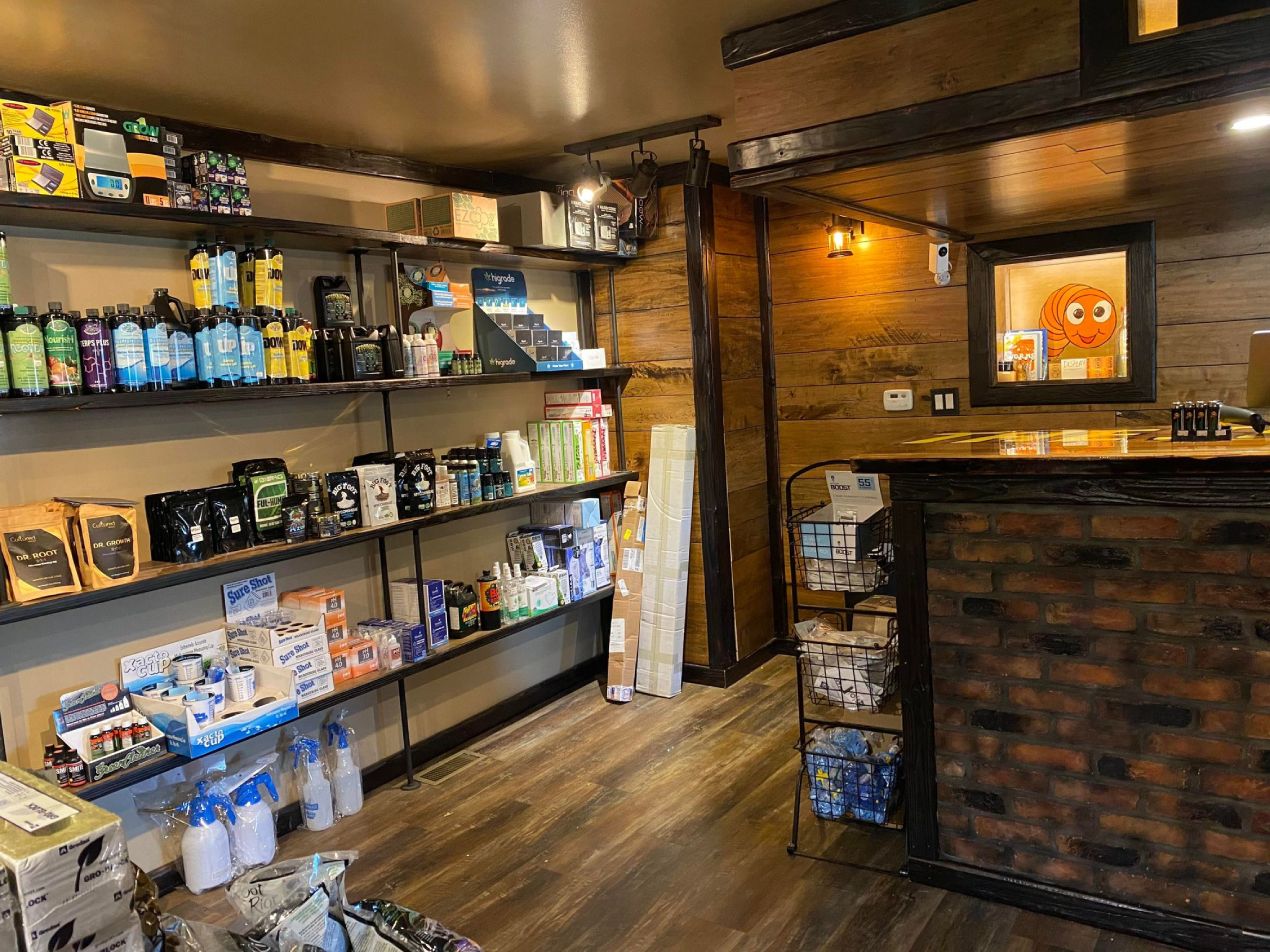The Indoor Earthworm Method: Your Trick to Flourishing Plant Kingdom Through Planting
The Indoor Earthworm Method: Your Trick to Flourishing Plant Kingdom Through Planting
Blog Article
Using the Power of Hydroponics: a Deep Dive Into Makes Use Of and Different Types
In the world of modern-day farming, hydroponics has become a method that tests typical farming practices by offering a water-efficient and space-saving option. The usage of hydroponic systems opens a world of opportunities for cultivating plants in varied atmospheres, ultimately affecting food production and sustainability. As we browse with the elaborate landscape of hydroponics, exploring its various types and applications, a deeper understanding of its potential to reinvent farming practices and address worldwide food safety and security concerns begins to unfold.
Benefits of Hydroponic Farming
Hydroponic farming provides numerous benefits over typical soil-based agriculture. One of the key advantages is water effectiveness; hydroponic systems make use of up to 90% less water compared to standard farming approaches.
In addition, hydroponic farming permits greater control over nutrient levels, resulting in faster plant development and greater returns. By giving vital nutrients directly to the plant roots, hydroponic systems promote much healthier and extra robust plant advancement. Furthermore, the regulated atmosphere of hydroponic systems lessens the threat of pests and diseases, decreasing the need for harmful pesticides and herbicides.

Common Kinds Of Hydroponic Equipments
Given the numerous advantages of hydroponic farming, it is vital to explore the numerous common kinds of hydroponic systems utilized in modern-day farming. One widespread type is the Deep Water Culture (DWC) system, where plant origins are submerged in a nutrient solution. An additional usual system is Nutrient Film Method (NFT), which includes a thin film of nutrient-rich water moving over the origins - The Indoor Earthworm. The Ups and downs system, likewise called Flooding and Drainpipe, periodically floods the plant roots with nutrient service before draining it. Aeroponics stands out for its method of putting on hold plant origins in the air and misting them with a nutrient solution. Leak systems provide a controlled amount of nutrient service directly to the plant's base. Wick systems, the easiest type of hydroponics, make use of a wick to passively provide nutrient service to the plant roots. Each of these systems provides and supplies unique benefits to different plant types and growth phases in hydroponic farming.
Nutrient Movie Method (NFT) System

One of the crucial benefits of the NFT system is its water effectiveness. The Indoor Earthworm. Because the nutrient service is recirculated in a shut system, this technique utilizes dramatically much less water contrasted to standard dirt farming. Additionally, the NFT system is space-efficient, making it excellent for indoor farming or in areas with limited room for traditional farming
Nevertheless, the NFT system calls for mindful surveillance and maintenance to make certain the constant flow of water and nutrients. Any type of interruption in the flow can quickly affect plant health and wellness. On the whole, the NFT system uses a lasting and effective method to grow plants hydroponically, particularly for crops that prosper in well-oxygenated root settings.
Deep Water Society (DWC) System
Relocating from the Nutrient Movie Technique (NFT) system, the Deep Water Culture (DWC) system is a hydroponic technique that involves suspending plant roots straight in a YOURURL.com nutrient option. Unlike NFT, where origins are continuously exposed to a thin movie of nutrient solution, DWC plants have their origins immersed in a storage tank loaded with aerated nutrient water. The origins dangle in the nutrient solution, enabling for direct uptake of water and important nutrients.
One of the essential benefits of the DWC system is its simpleness and low maintenance needs. The constant access to oxygen and nutrients advertises quick development and higher yields. DWC systems require appropriate aeration to protect against root rot and make sure ideal nutrient absorption. Normal monitoring of pH levels and nutrient focus is crucial to prevent imbalances that could damage plant wellness.
Aeroponic System
A cutting-edge approach in hydroponics farming, the Aeroponic System makes use of a fogging or misting system to provide nutrients straight to plant origins put on hold in the air. This system is understood for its capacity to advertise fast growth and effective nutrient uptake due to the straight delivery of nutrients to the roots, permitting the plant to concentrate its energy on growth instead than looking for nutrients. In an aeroponic arrangement, plants are commonly housed in a closed setting where the roots are intermittently misted with a nutrient service. This misting cycle ensures that the roots get ample oxygen, promoting healthy origin growth and general plant development.
Among the key benefits of aeroponics is its water effectiveness, as the system uses considerably less water compared to conventional soil-based growing methods. In addition, the accurate delivery of nutrients straight to the origins can result in greater returns and faster development rates. While aeroponics can be more complicated to establish and maintain compared to other hydroponic systems, its capacity for boosted plant growth and efficiency makes it a popular additional reading choice for hydroponic enthusiasts and business pop over to this web-site farmers seeking optimum outcomes.
Conclusion
Finally, hydroponic farming offers numerous advantages and different types of systems to pick from. The Nutrient Film Strategy (NFT) system, Deep Water Society (DWC) system, and Aeroponic system are among the most typical techniques made use of in hydroponics. Each system has its very own advantages and limitations, making it necessary for farmers to thoroughly consider their requirements and choices prior to choosing one of the most ideal system for their crops.
Unlike various other hydroponic systems where plants are submerged in a nutrient remedy, in the NFT system, the origins are revealed to the water only in a shallow film.Moving from the Nutrient Film Method (NFT) system, the Deep Water Society (DWC) system is a hydroponic approach that entails putting on hold plant origins straight in a nutrient remedy.An innovative technique in hydroponics growing, the Aeroponic System uses a misting or misting system to deliver nutrients straight to plant origins put on hold in the air. The Nutrient Movie Method (NFT) system, Deep Water Society (DWC) system, and Aeroponic system are amongst the most usual methods made use of in hydroponics. Each system has its own benefits and restrictions, making it important for farmers to carefully consider their needs and preferences before picking the most appropriate system for their plants.
Report this page